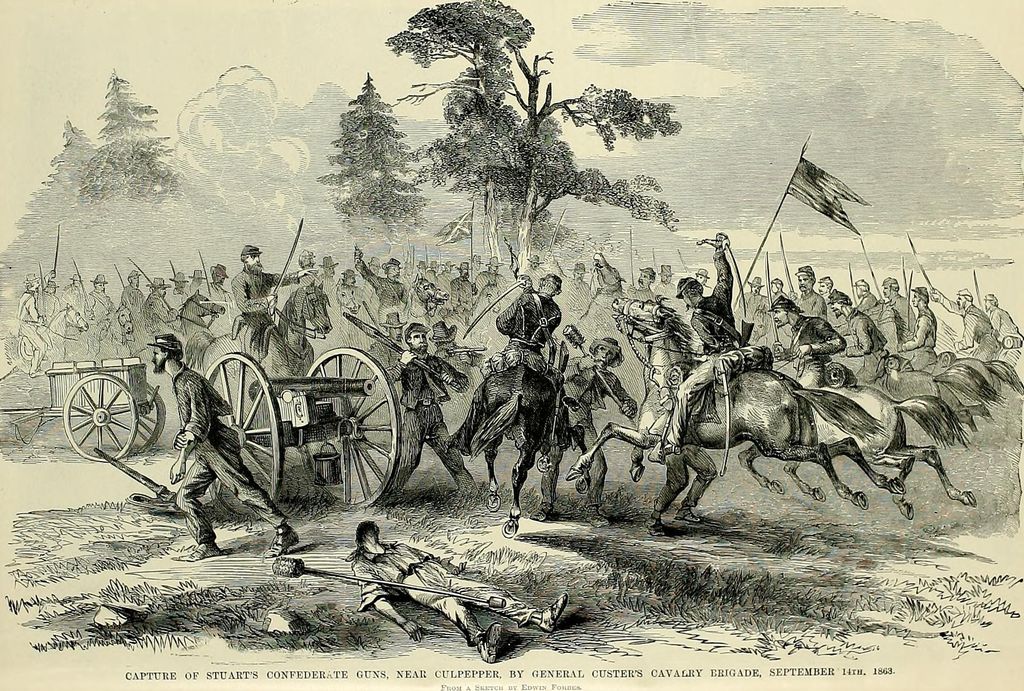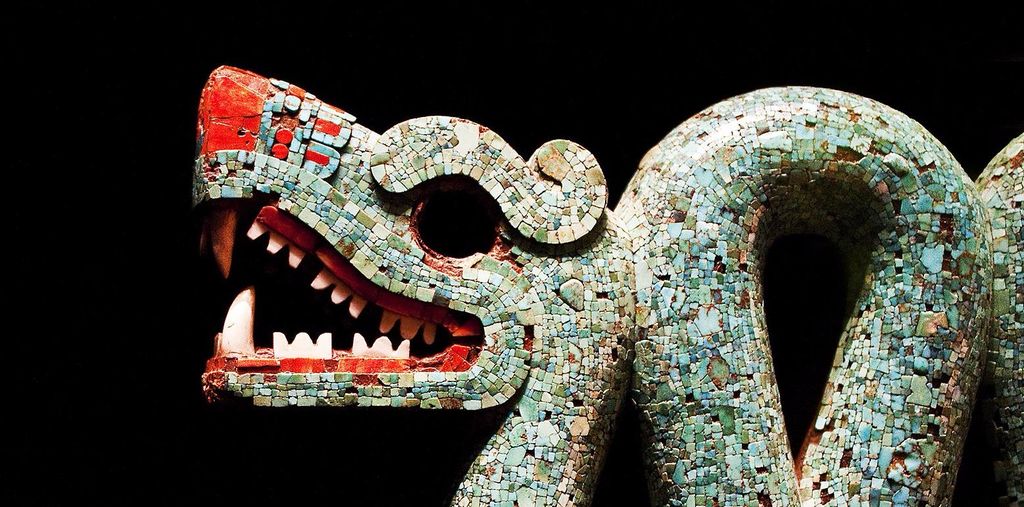Who for you was the most influential Ancient Greek? Was it Alexander the Great who conquered the Persian Empire? Aristotle and his philosophy still studied today? Hippocrates, the father of Western medicine? Pythagoras and his mathematical theory? Homer who wrote the Iliad and Odyssey?
As you can see, the influence of the Ancient Greeks has stood the test of time, influencing even what we learn at school today, from art to philosophy, literature to science. The concept of democracy, central today to the governance of many countries, was first invented in Ancient Greece.
Did I mention that the Olympics originated in Ancient Greece? Learning about the Ancient Greeks is a window to today’s world.
This timeline covers the key periods, dates, people and events.
👇Scroll down to find out more.
✅ Why this matters today
Learning about the past can provide keys to understanding the present.
- What other powerful civilizations of the past are still influential today through their art, culture, institutions, infrastructure and monuments?
- Are there any powerful civilizations today and at what stage of development are they?
- The marathon race originated following the battle of the same name. Would you like to one day run a marathon?
- What Ancient Greek Olympic sports still feature today? Which ones would you like to see make a comeback?
- The Ancient Greeks first developed the concept of democracy. How different was their version to the democracy today in your country?
📖 The Timeline Format
There are many benefits to using timelines in a learning environment. For social studies and history study in particular, timelines are fantastic to chart events across different eras, providing a linear progression that aids understanding and the retention of information.
Timelines are more than just dates stacked up in a sequential order, they can (or should!) include context, facts, parallels with modern day events, a certain depth of knowledge that enables true understanding.
✍️ Create your own timeline
Head on over to Sutori and create a free account. Start from a blank slate, or use one of our templates.
With Sutori, you can:
🖼️ Easily add videos, images and audios
🔗 Embed any file or web link
📊 Add interactive quizzes and polls for engagement
💬 Develop peer review skills with comments
📽 Bring the timeline to life with “Presentation” mode
↪️ Share the link, export to PDF or embed it into your website
All that is required is an internet connection! Sutori works on all common web browsers (Chrome, Firefox, Safari, Edge). There is a paying and - generous - free version of the tool 😊




